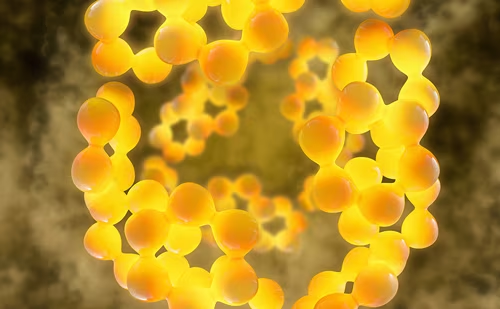Welcome to the latest edition of European Endocrinology, where, as usual, you will find a broad spectrum of topics addressed in the selection of review articles contained within. The articles have been chosen due to their relevance to clinical practice, to our constantly-evolving field of research and to our endocrinology community overall. Our discipline is wide-ranging, from diabetes to pituitary disorders, thyroid disease to reproductive medicine, and the topics covered in this edition reflect this dynamism.
Welcome to the latest edition of European Endocrinology, where, as usual, you will find a broad spectrum of topics addressed in the selection of review articles contained within. The articles have been chosen due to their relevance to clinical practice, to our constantly-evolving field of research and to our endocrinology community overall. Our discipline is wide-ranging, from diabetes to pituitary disorders, thyroid disease to reproductive medicine, and the topics covered in this edition reflect this dynamism.
The first review article in this edition investigates hyponatraemia, the most common but often undiagnosed electrolyte imbalance existing in hospital inpatients. The authors, Mark Hannon and Christopher Thompson, explore the differential diagnosis of hyponatraemia, along with the current treatment strategies and emerging management options.
The edition continues with three articles on the most frequently discussed topic within our field, diabetes. I personally review the concept recently proposed by Unger and Orci that diabetes should be seen as a paracrinopathy of the islets of Langerhans in which disruption or dysfunction of the normal paracrine interactions between insulin and glucagon inside the islets play a crucial role in the pathophysiology of diabetes. This is followed by a review of a new type of insulin formulation with a very prolonged duration of action, insulin degludec. The authors, Anja De Rycke and Chantal Mathieu, investigate the concept behind and potential role of degludec in our armamentarium for the management of diabetes. This section also contains a technical article, from Jeff Unger and Chris Parkin, which explores the role of continuous blood glucose monitoring and how it can potentially address certain patient fears and ultimately help achieving better glycaemic control.
The focus then shifts to cardiovascular risk, where Alberico Catapano and colleagues provide an investigation into lipid management and the particular challenge this presents in patients with diabetes and other endocrine disorders. Maintaining the theme of associated morbidities, the next article reviews the role of visceral adipose tissue in the pathogenesis of non-alcoholic fatty liver disease (NAFLD). The authors, Luc Van Gaal and colleagues, defend the view that although NAFLD is not currently included as a component of metabolic syndrome, the pathogeneses of NAFLD and metabolic syndrome do share common components, with insulin resistance being an important underlying factor.
Three very diverse topics are then covered in quick succession, highlighting the broad nature of our discipline. The first to be examined is the role of glucagon testing in adult growth hormone deficiency, where Kevin Yuen examines the merits of the glucagon stimulation test over the more traditional insulin tolerance test. This is followed by an insightful exploration of the potential use of rituximab for the treatment of Graves’ orbitopathy, by Mario Salvi and colleagues. The final review article in this edition considers the place and role of steroids in endothelial function in the ageing male, where Antonio Aversa and colleagues provide an astute examination of the importance of hormonal investigations in men with common comorbidities including diabetes, hypertension and dyslipidaemia. This edition concludes with a series of case reports detailing clinical experience with biphasic insulin aspart 30 in the management of diabetes.
European Endocrinology would like to take this opportunity to thank all participants on this edition, from organisations to individuals. A special thanks goes to our Editorial Board for their continuing support and invaluable guidance and the biggest thanks is reserved for the expert authors, who spared precious time and effort to produce a perceptive selection of articles. This expert discussion and the wide variety of topics covered ensure there is much of interest for every reader and we hope you find this edition as useful and insightful as those before it.







